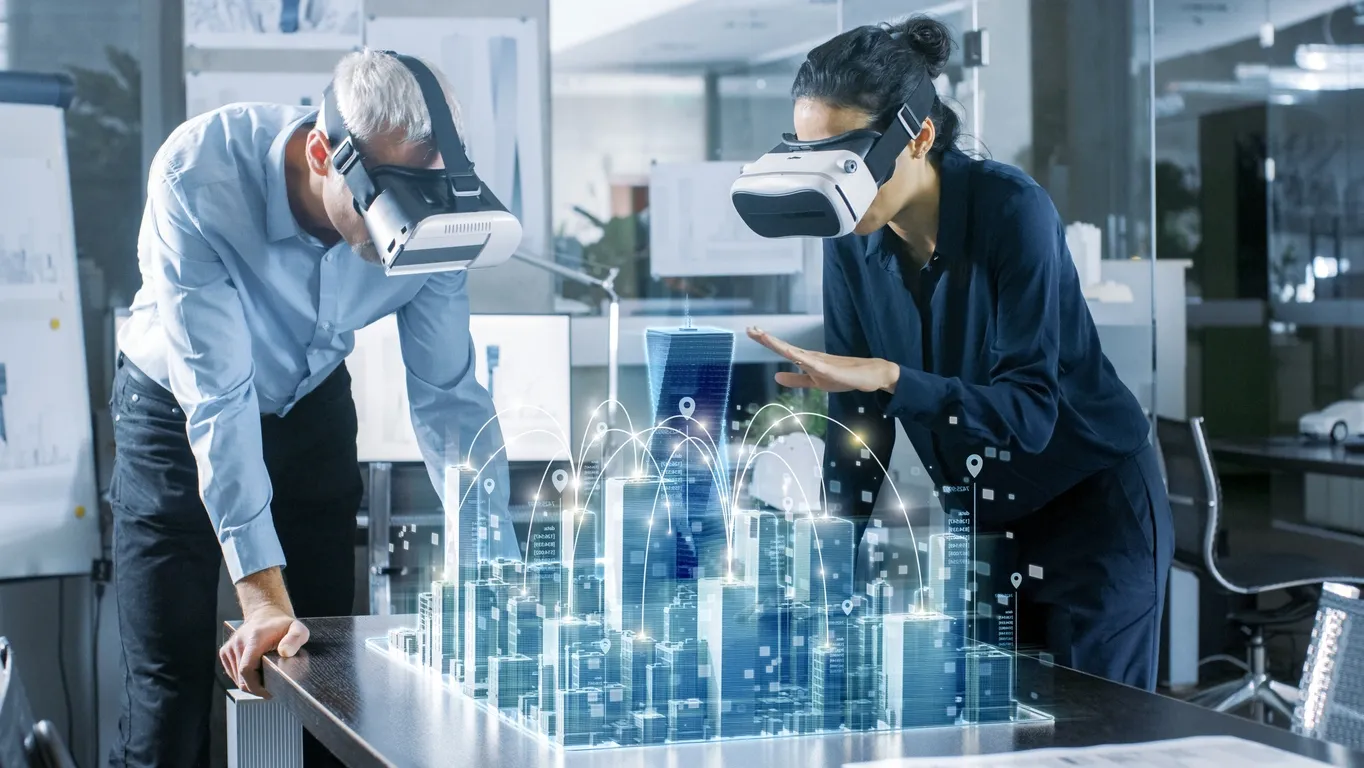The Rise of Virtual Reality: Opportunities and Challenges for Businesses

- Peter Johnson
- 07 Mar, 2023
Virtual Reality (VR) has come a long way since its inception in the 1960s, and has gained significant momentum in recent years, with businesses increasingly leveraging this technology to enhance their customer experience, employee training, and collaboration efforts. The global VR market is expected to reach $209.2 billion by 2022, with a compound annual growth rate (CAGR) of 48.7% from 2016 to 2022 (Market Research Future, 2018). This rapid growth in the VR market presents both opportunities and challenges for businesses that are willing to embrace this technology.
Opportunities for Businesses:
Enhanced Customer Experience: Virtual reality has the potential to revolutionize the way businesses engage with their customers, by providing them with immersive and interactive experiences. For example, the retail industry can leverage VR to provide customers with virtual shopping experiences, where they can browse products, try on clothes, and purchase items without leaving their homes. This technology can also be used in the travel industry to provide customers with virtual tours of destinations, helping them make informed decisions before they book their trip.
Improved Employee Training: Virtual reality can also be used to enhance employee training, by providing them with realistic and interactive simulations. For example, medical professionals can use VR simulations to practice surgical procedures, while police officers can use VR simulations to simulate high-pressure situations, helping them improve their decision-making skills. This type of training can help businesses reduce the time and cost associated with traditional training methods, while also improving the quality of training.
Collaboration: Virtual reality can also be used to enhance collaboration among employees, by providing them with virtual meeting spaces where they can work together on projects, regardless of their physical location. This can be especially beneficial for businesses with remote employees or teams working in different locations.
Marketing and Advertising: Virtual reality can also be used to create innovative and engaging marketing campaigns. For example, a car manufacturer can create a VR experience that allows customers to test drive their cars, without having to visit a dealership. This type of marketing campaign can help businesses stand out from their competitors, while also providing customers with a unique and memorable experience.
Challenges for Businesses:
Cost: One of the main challenges associated with virtual reality is the cost of implementing this technology. VR hardware and software can be expensive, making it difficult for small businesses to invest in this technology.
Technology Limitations: Another challenge associated with virtual reality is the technology limitations. VR hardware and software are constantly evolving, and businesses must stay up-to-date with the latest technology to provide their customers with the best possible experience. This can be a challenge for businesses with limited resources or expertise in the VR space.
Health and Safety Concerns: Virtual reality can also present health and safety concerns, particularly for users who experience motion sickness or other adverse effects. Businesses must be aware of these concerns and take steps to mitigate the risks associated with VR use.
Privacy and Security Concerns: Virtual reality also presents privacy and security concerns, particularly when it comes to the collection and storage of user data. Businesses must take steps to ensure that user data is secure and protected, and that they are complying with relevant data protection regulations.
Conclusion:
Virtual reality presents significant opportunities for businesses that are willing to embrace this technology, by enhancing customer experience, employee training, collaboration, and marketing efforts. However, businesses must also be aware of the challenges associated with virtual reality, particularly the cost, technology limitations, health and safety concerns, and privacy and security concerns. By carefully considering these factors, businesses can leverage virtual reality to enhance their operations and stay ahead of their competitors in an increasingly digital world.
Leave a Reply
Your email address will not be published. Required fields are marked *











